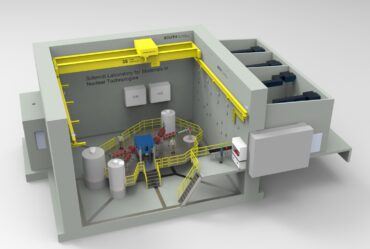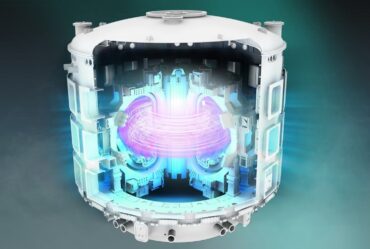Plasma Physics
The plasma research effort at MIT is concerned with a wide variety of problems, ranging from astrophysical plasmas to laboratory and fusion-grade plasmas, as well as with using plasmas for environmental remediation. This work combines theory and experiment and involves faculty members from physics and other departments. The program has the goals of understanding the physics of plasmas and charged-particle beams and of designing plasma containment devices, with the ultimate aim of achieving the conditions in which a plasma can ignite by fusion reactions. Research is carried out not only on-site, but also at other major national and international laboratories.
Most of the volume of the universe is in the electrodynamic plasma state. Moreover, the dynamics of the universe on a grand scale is described as a gravitational plasma. The theory of galaxies as gravitational plasmas is well-developed and its results, for example, spiral arm structures, are relatively well-correlated with the experimental observations. While many aspects of laboratory plasmas are understood and correlate with experiments in relatively simple magnetic geometries, the physics of high-temperature plasmas on a microscopic scale continues to be an area of intensive investigation.
The dynamics of laboratory plasmas, charged-particle beams, and space and astrophysical plasmas are often strongly influenced by the excitation of collective modes with similar characteristics and common theoretical descriptions. The interaction of collective modes, both with each other and with charged particles, results in a variety of highly nonlinear phenomena of great importance for fusion, astrophysical and nonneutral plasmas, as well as for accelerators and coherent radiation sources.




